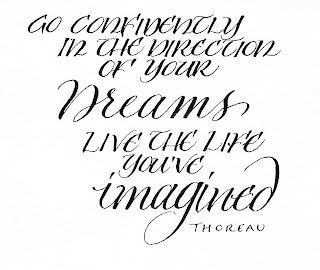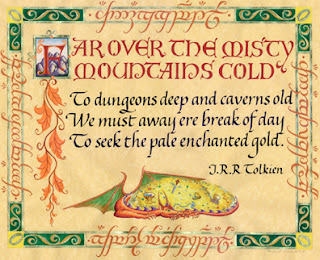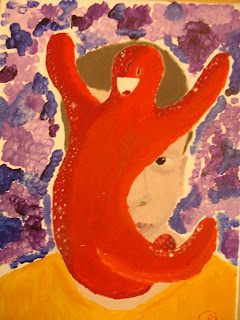cover sheet:
16 Aug- 13 Sept. 2012, five weeks
Area of interaction: Health and Social
Work we will cover in this unit:
Some history of self portraiture in art history and across cultures
-
-
-
Combining symbols with naturalistic (realistic) images
Using or applying visual arts concepts from earlier in your IST career
Using your Developmental Workbook to describe your process, updated weekly.
Using the Creative Cycle (Design Cycle) as a framework for your write up.
Giving and Using peer feedback (constructive criticism)
Goal: Make a painting that expresses who you are, or how you see yourself.
Describe and evaluate it in your write up.
List two earlier units that might be useful when designing this painting:__________________________________________________________________________
Task Sheet:
Painting due: 22 September
Final DW blogpost due: 28 September
Finish portrait/grid drawing to the extent that you can use it for your painting.
-
It does not need to be shaded.
Finish sketches and mind map of symbols which you combine with your face drawing
Research one artist from history, which you think shows a self portrait that can be described both in realistic terms (does it look like him/her?) and in symbolic terms (what shapes, things, colors and techniques were used?)
Can anything that this artist did be applied to the way that you do your painting?
Include thumbnail sketches of ways of composing your painting.
Begin painting after you have prepared and organized your composition (transferred drawing/s, sketched colors, etc.)
You will be graded with all criteria.
A. Knowledge and Understanding (1-8)
Your DW blog should discuss the artist you have picked to research.
What links can you make between this artwork/s and your own work?
Any other research or inspiration for your portrait.
The finished artwork itself and skills used.
Preparatory work (sketches, drawings, ideally uploaded to the blog.)
C. Reflection and Evaluation (1-8)
Following the Creative/Design cycle in your DW blog will help you with this.
(Cycle: research, design, create, evaluate)
Feedback (creative criticism from others) should be used and/or evaluated.
D.Artistic Awareness and Personal Engagement (1-8)
How much enthusiasm you have.
Risk-taking and creativity, openness.
Make sure to make entries every week in your DW—what you did during class, and your thought developments.
Slide Show:
There are as many types of self portrait as there are artists. Here is a selection and recap of the slide show at the beginning of the unit.
This one by Mexican artist Frida Kahlo sets a very high standard. She has depicted herself in a realistic way. In addition to her accurate features, she has combined several directly symbolic elements: monkey, panther, thorns, etc.
What symbolic things might you combine with your portrait?
German artist Lovis Corinth has chosen to go more realistic, though his handling of paint is a bit looser perhaps.
It looks as if he has just painted himself in a mirror, using his studio and skeleton as a prop.
I like his double chin and glaring stare.
What makes this painting symbolic?
American artist Chuck Close uses the grid to an even more obsessive degree than I am asking you to do.
Spanish artist Salvador Dali has softened his features, to put it mildly.
Nonetheless, he is recognizable, mainly due to his distinctive mustache, which was his trademark.
Do you have any trademarks that you could use, which would allow others to know whose self portrait they were looking at?
Norwegian artist Odd Nerdrum is known to be fond of painting himself in showy poses. His old-fashioned costume, and old-fashioned way of painting, recall Rembrandt Van Rijn.
Not only the things depicted (old clothes) are symbolic; his very style of painting (Rembrandt's 1600s method) is symbolic. Why would he choose it, do you think?
Here's Rembrandt.
What about a costume for yourself--could you think of clothes that would have a significance for yourself?
And the other Dutchman, Vincent VanGogh.
Painted some 200 years after Rembrandt, he made famous a special style painting and color. The method of applying paint, and the bold use of colors could be thought of as symbolic, or expressive.
Despite this, his portrait is quite realistic and recognizable--very exact in a way.
What way of painting best expresses the way you are?



































